Can a Lawn Mower Spread Fungus?
A beautiful green lawn is a natural invitation to relax, play and spend time outdoors. However, ensuring your lawn stays healthy requires effort and a lawn care routine, ...

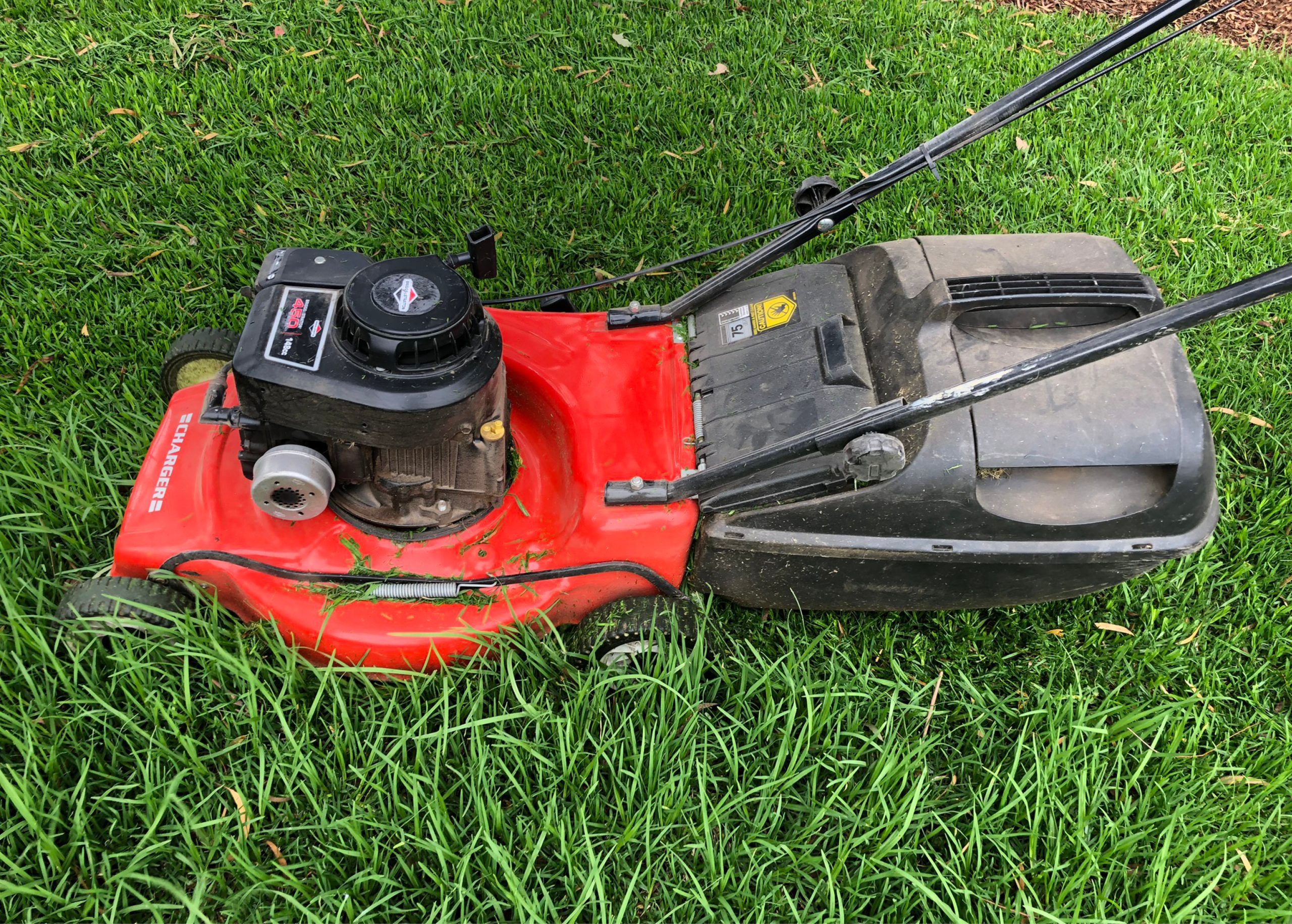 Rotary lawn mowers are the most common type of mower used in suburban Australian yards.
Rotary lawn mowers are the most common type of mower used in suburban Australian yards.
They are easy to operate, widely available, and relatively inexpensive, but as well as the advantages, there are some disadvantages to cutting your grass with a rotary lawn mower.
In this article, we’ve broken down the pros and cons of rotary lawn mowers, the features to look out for and highlighted some important considerations when shopping for a new mower.
Rotary lawn mowers have one or more sharp horizontal blades that spin at high speed under the deck to chop off the grass.
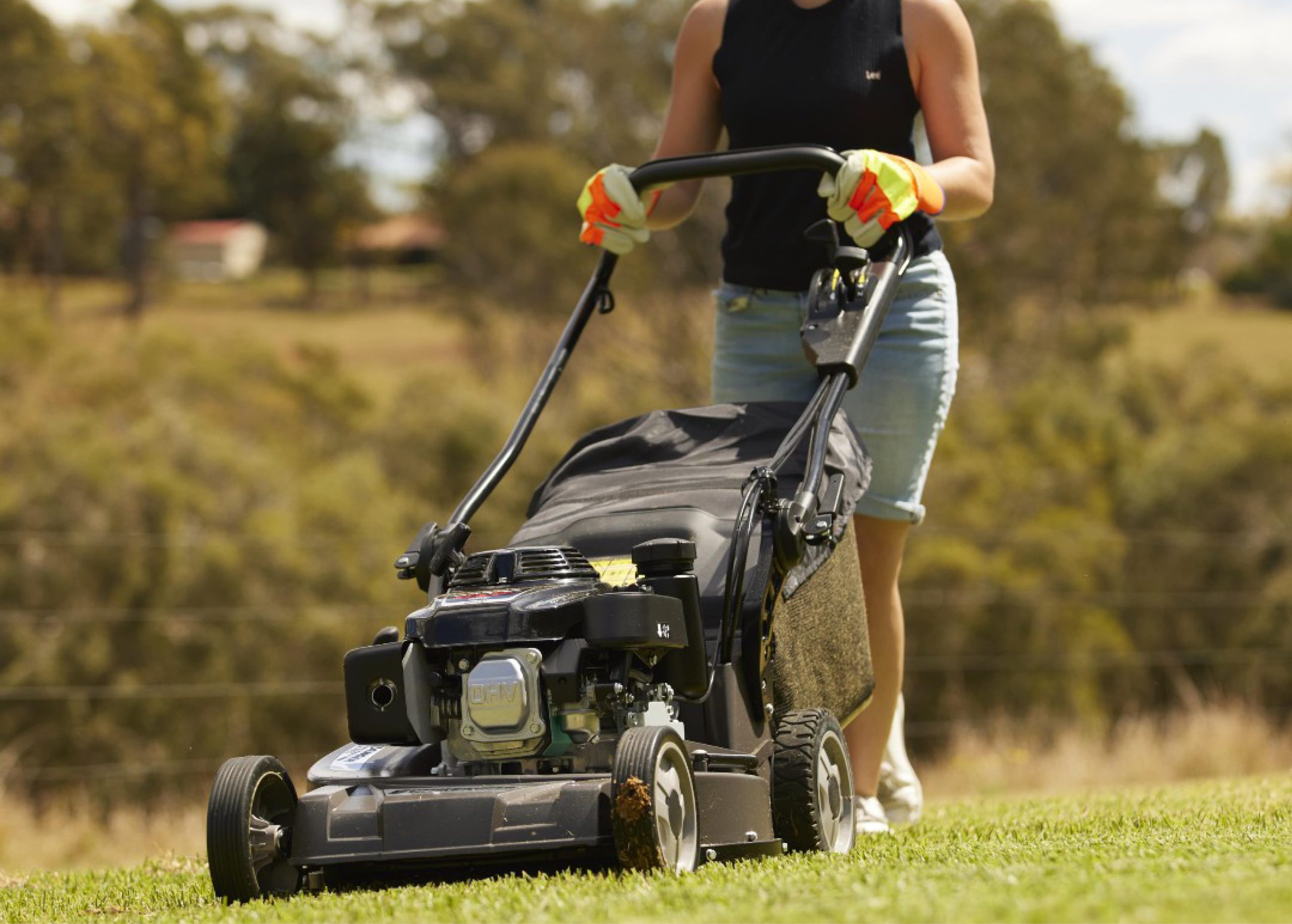 The operator typically walks behind the mower which flings the grass cuttings out the side or into a catcher or bag mounted on the back.
The operator typically walks behind the mower which flings the grass cuttings out the side or into a catcher or bag mounted on the back.
Rotary mowers are usually powered by engines running on two or four stroke petrol, but are also available in more eco-friendly corded or cordless electric models.
Manual push mowers rely on your effort to move the machine around your lawn, while self-propelled mowers do some of the grunt work for you, making the task easier.
If your lawn area is bigger than 1000 square metres, or you get fatigued when mowing, you might prefer a ride-on mower.
Advantages of a rotary lawn mower include:
Disadvantages of a rotary lawn mower:
When shopping for a rotary lawn mower, there’s a range of features to consider.
Engine size and power: A bigger engine will be able to handle thicker or taller grass and slopes more easily, but it will also be heavier and more expensive.
Voltage: Electric lawn mowers with higher voltage batteries allow the motor to run longer and cut more grass at a time. With regular maintenance, a battery can last for three to five years.
Cutting width: A wider cutting width will allow you to cover more ground in less time, but it will also be more expensive and may not be as easy to manoeuvre in tight spaces.
Cutting height: Look for a lawn mower that offers a range of cutting heights so you can adjust for different grass lengths and conditions.
Starting systems: Look for a mower that is easy to start, has comfortable handles, and is easy to manoeuvre. Consider features such as self-propelled models, which take the effort out of pushing the mower, and electric start models, which make it easy to start the mower with the push of a button.
Drive system: Some rotary lawn mowers are self-propelled, which can make them easier to use. There are three main types of drive systems: rear-wheel drive, front-wheel drive, and all-wheel drive. Consider which type would be best for your lawn size and terrain.
Price: Determine your budget and look for a mower that offers the features you want at a price you can afford.
Warranty: Consider the length and terms of the warranty offered by the manufacturer. A longer warranty can provide peace of mind and may save you money in the long term.
If you’re not sure a rotary lawn mower is what you need, take a look at our complete Lawn Mower Buyers Guide here.
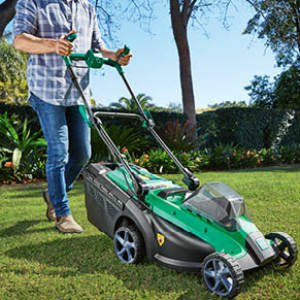 Most mowers can be fitted with a catcher that collects lawn clippings to make it easier to put them in a compost bin or trailer for disposal at the dump.
Most mowers can be fitted with a catcher that collects lawn clippings to make it easier to put them in a compost bin or trailer for disposal at the dump.
Catchers and bags can be fitted to the side or rear of your mower, but rear mounted catchers are easier to manoeuvre into corners and around obstacles in the yard.
If you prefer to leave your clippings on the lawn, look for a mulching mower, which has blades that cut the grass into very small pieces before spitting it back out. This is best used on finer grasses, such as Zoysia or Couch.
Not sure whether to leave grass clippings on your lawn? Read this article
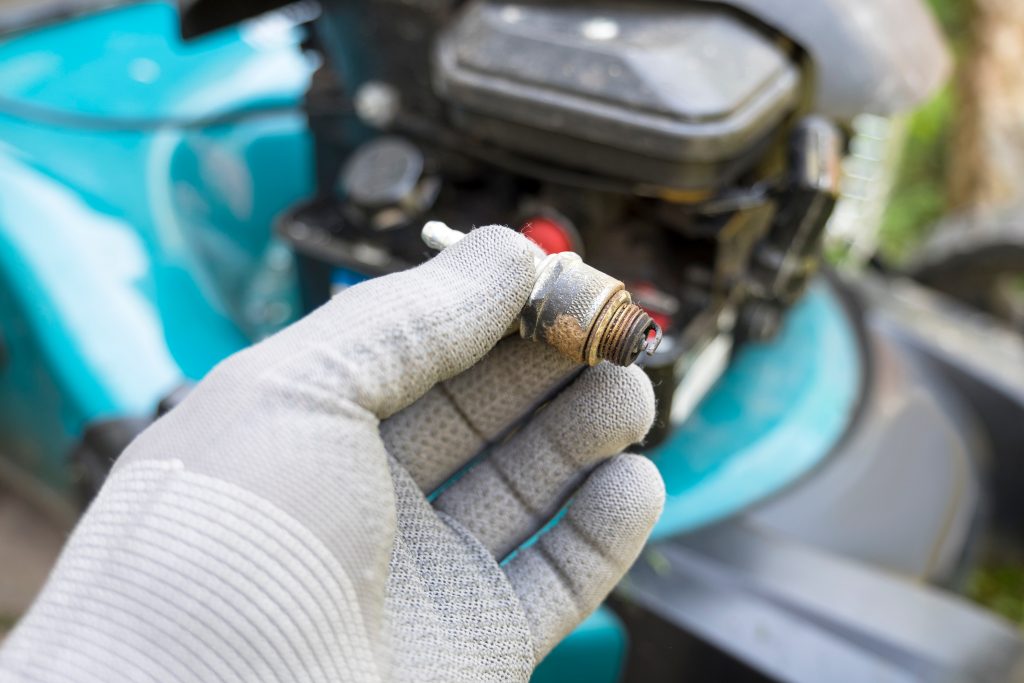 Whatever type of mower you choose, ensure it performs at its best by following the manufacturer’s operating instructions.
Whatever type of mower you choose, ensure it performs at its best by following the manufacturer’s operating instructions.
Always wear protective boots and safety glasses when mowing and never touch the blades or engine parts while a mower is running.
Regular maintenance will ensure your mower lasts longer and keeps your lawn looking amazing.
You can read our guide to lawn mower maintenance and troubleshooting here.
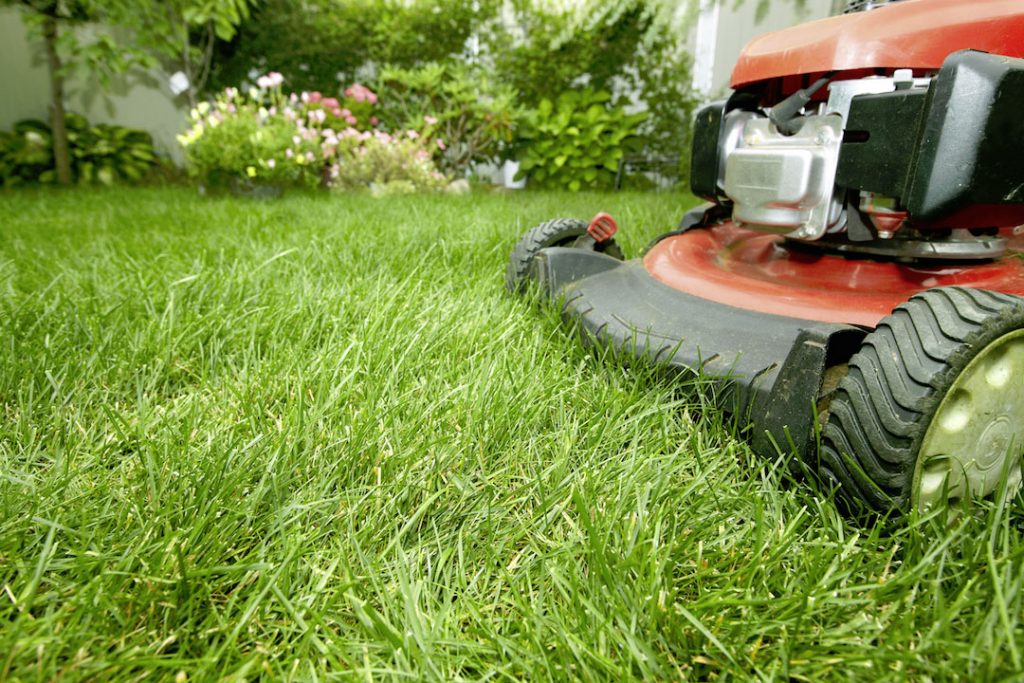 The general rule of thumb for mowing your lawn is to cut only one third of the leaf each time, and adjust cutting height to the seasons.
The general rule of thumb for mowing your lawn is to cut only one third of the leaf each time, and adjust cutting height to the seasons.
During summer, when your lawn will be growing at its fastest, you can cut a little closer to the ground. Try to avoid scalping which puts your lawn under stress and can make it prone to disease, weed or pest outbreaks.
In winter, your lawn should be allowed to grow a little taller to provide insulation against the cold for the roots.
Optimum height and mowing intervals differ between grass types and whether they’re exposed to sun or shade. There’s a guide to the best mowing heights for Buffalo, Zoysia, Kikuyu and Couch lawns here.